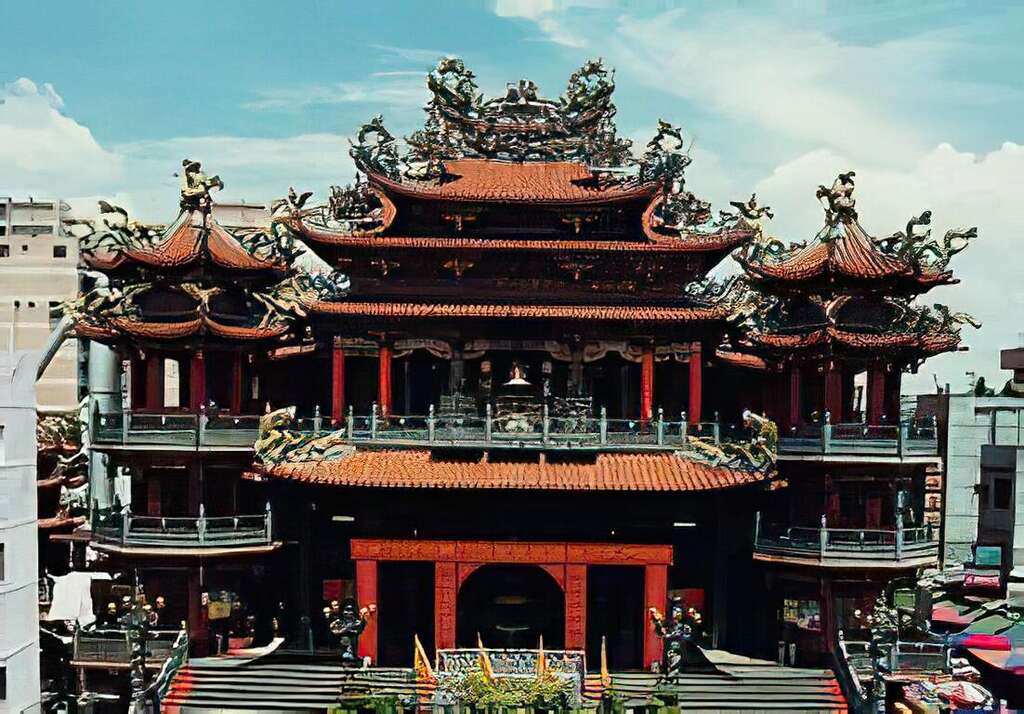Yonglian Temple Introduction
The Yonglian Temple is located at the intersection of Dexing Street and Chenggong Road in the center of Luzhou District, and it is named "Yonglian" because the area is associated with the Lotus Formation. Luzhou was formerly known as "Monk's House" because the land was managed by monks, hence the name "Monk's Island." The main hall enshrines the statue of Guanyin Bodhisattva of the Southern Sea, accompanied by the deities Shancai, Longnv, Weitoa, and Jialan, making it a religious center for the local community. The overall architecture comprises the Yonglian Temple in the front and the Maode Palace in the back, which are combined in a shared temple structure. The Yonglian Temple's interior and exterior decorations primarily utilize techniques such as paper-cutting, mud sculpture, painting, wood carving, and stone carving. A particularly unique feature is the numerous celestial musicians, which are rare in other temples. In front of the rear hall Maode Palace, a large bronze relief depicting historical events of Zheng Chenggong occupies the wall space, showcasing a modern style of decorating with sizable bronze reliefs. On either side of the entrance, there stands a Buddhist guardian deity: on the left is Weitoa with a vajra, and on the right is Jialan with a halberd, both nearly one meter tall. The Yonglian Temple initially started as a small thatched cottage but underwent renovations within just ten years, going through four rebuilds, and became the splendid temple seen today. Every year, from the 17th to the 19th of the lunar calendar's ninth month, known as the "Buddha's Ordination Anniversary," the Yonglian Temple holds grand celebrations; especially on the 18th, a pilgrimage event called "Luzhou Grand Worship" is conducted, where temples from various regions participate, making it a lively local festival in Luzhou each year. (Source: New Taipei City Tourism and Travel Website)






























